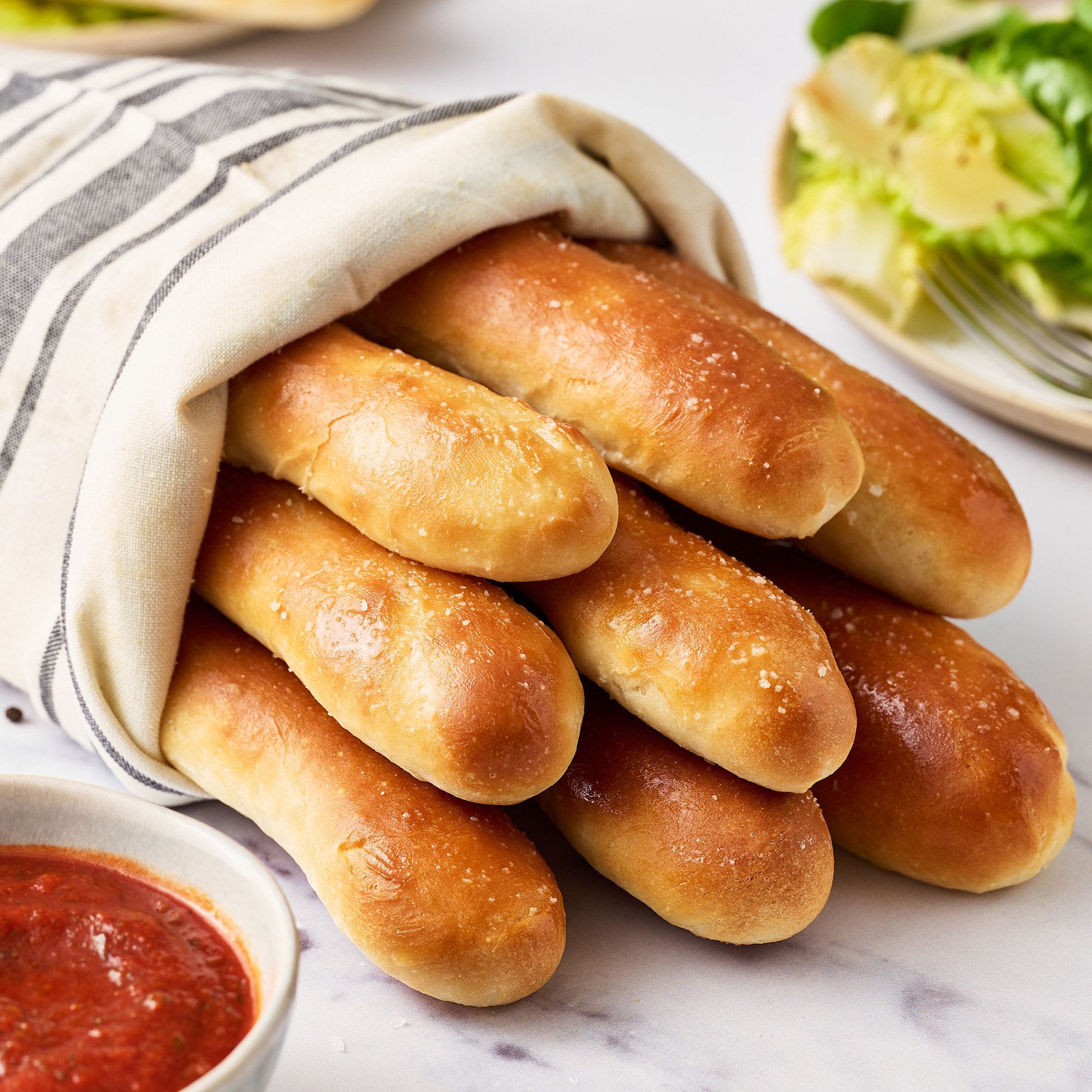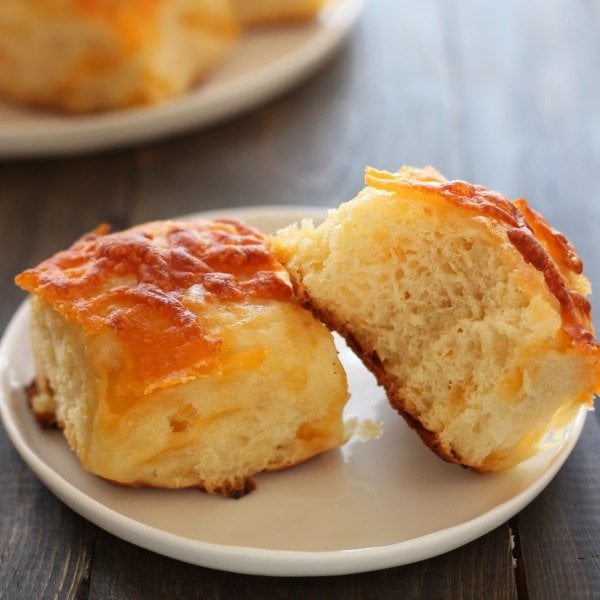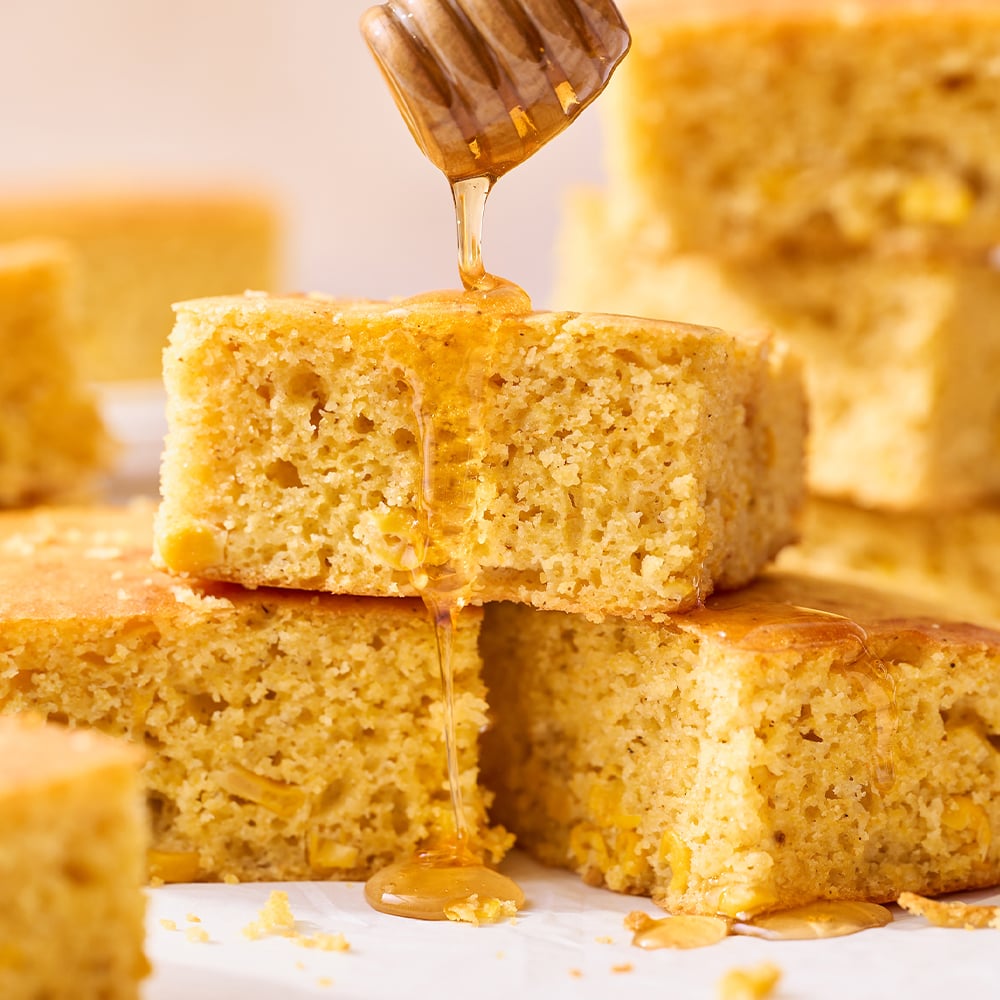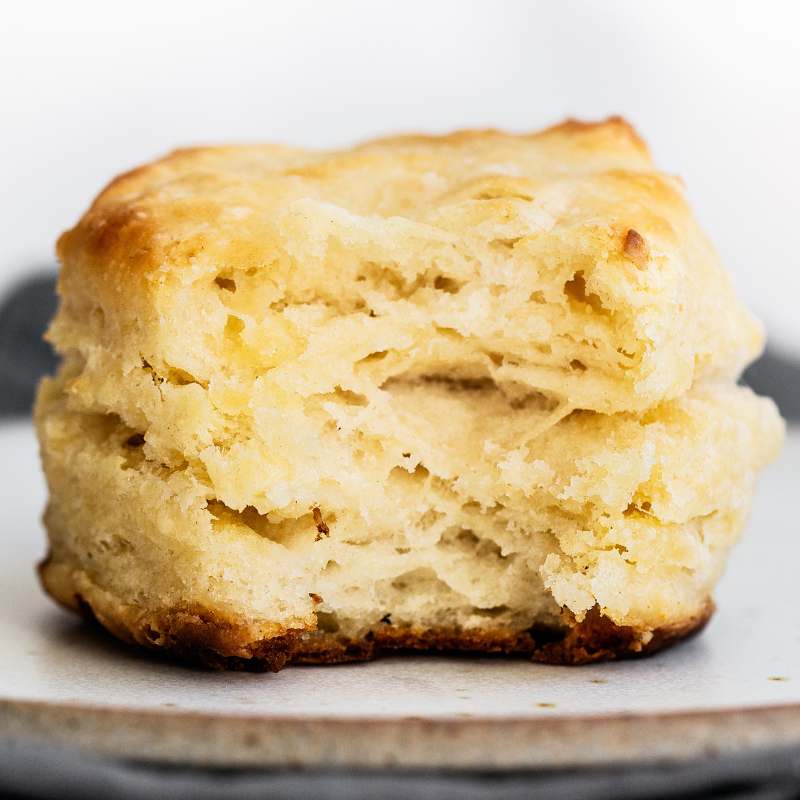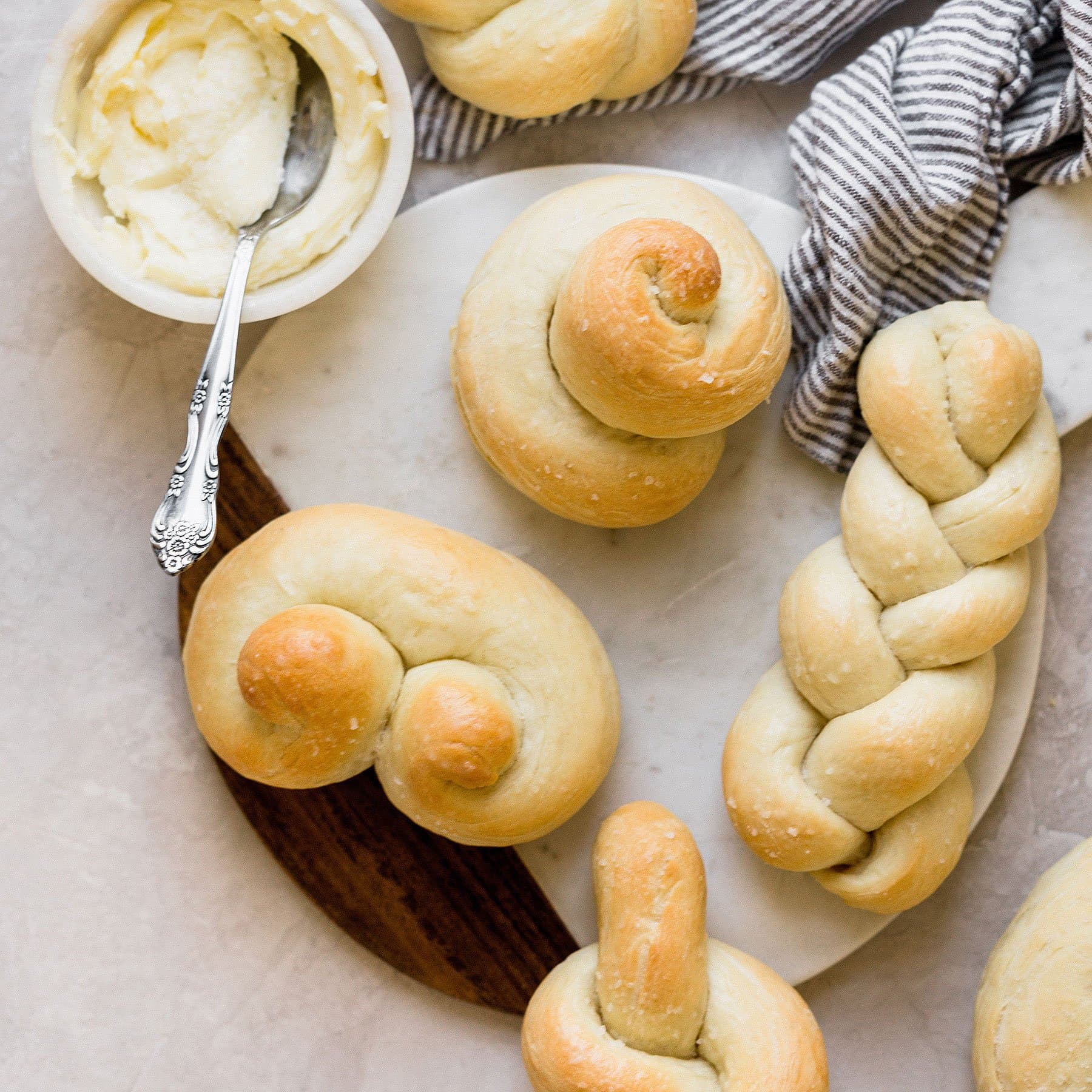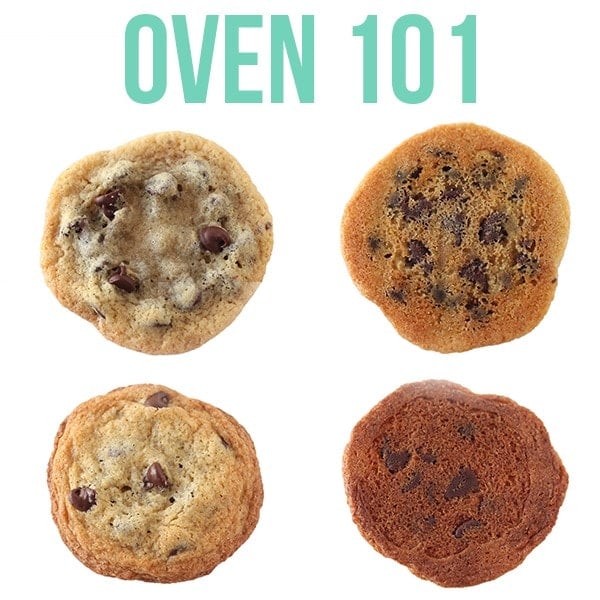Savory Recipes
We mostly share sweet here… but we love our Savory Recipes too! These are the best savory recipes, with options like Pizza, homemade Dinner Rolls, delicious German Pretzels, the best ever Burger Buns, crowd-pleasing Sweet Potato Casserole, and more! You’re bound to find your new favorite recipe for Sunday night family dinner or for your next potluck.
Most Popular
Dinner Roll Recipes
Meals You’ll Love
More Bread Recipes
Burger Buns
Easy Snacks
Side Dish Recipes
Scones And Biscuits

How to Make the BEST Savory Recipes
Here are my most popular baking science articles that will teach you must-have skills you can apply to just about any of these savory recipes.
Tessa’s Top Baking Tips
1
Measure your flour correctly
The easiest ingredient to mis-measure is flour. That’s because it can be so easily compacted into a container or measuring cup without you even realizing. Too much flour results in dry, dense, and even crumbly desserts. Check out my article for How to Measure Flour here.
2
Use the correct kind of baking pan
I highly recommend avoiding dark colored nonstick pans as well as most glass pans. I use light colored aluminum for just about everything!
Dark metal pans will dry out the edges of your desserts, often before the center can cook through. Glass or ceramic baking pans will take LONGER to bake most recipes, and can even result in gummy textures.
If you’re curious about all my recommended baking equipment and tools, check out my Magic of Baking Course.
3
Your recipe will NOT turn out the same if you make substitutions
Here at Handle the Heat, we believe butter, eggs, flour, and sugar are magical specimens and should never be replaced (unless medically necessary due to an allergy/intolerance).
We highly recommend making all recipes exactly as written. If you do decide to substitute an ingredient(s), just know the final result won’t be the same in texture and/or flavor.

Beginner’s Quick Guide to Bread
This free cheatsheet contains a breakdown on each type of yeast, tips for making bread ahead of time, easy bread recipes, and more!
Bake Perfect Recipes Every Time
Step into my kitchen and bake these easy recipes step-by-step with me.

Get Our Make-Ahead Baking Guide!
Download our FREE Make-Ahead Baking Guide to learn how to prepare recipes ahead of time!
All Savory Recipes

Frequently Asked Questions
How to substitute Instant Yeast for Active Dry (or vice versa):
Active dry and instant yeasts can be substituted for one another at a 1:1 ratio. Active dry yeast will take about 15 to 20 minutes longer to rise than instant yeast. To encourage active dry yeast to start its activity without having to proof, just use very warm water in your dough mixture (120-130°F).
For any traditional dough making where you’re kneading by hand or with a machine and allowing the dough to rise, this 1:1 ratio will work.
When to not substitute yeast:
Active dry and instant yeast may not be interchangeable when using a bread machine since they use higher temperatures to raise dough. When baking in the bread machine and substituting instant yeast for active dry, reduce the amount of instant yeast by 25%.
You may also want to use the specific yeast called for in recipes with very long fermentation times (typically active dry in those cases).
How to shape bread rolls:
Once the dough is risen, press it down to deflate it slightly. Use a bench scraper to section the dough into 12 equal pieces. Don’t worry if they’re not perfectly equal in size. However, if you’re a perfectionist you can actually weigh the entire mass of dough, divide that number by 12, then portion each piece perfectly by weight.
As you’re shaping each piece into a round, make sure to pinch the dough into one central point to create a tight ball. This will help the rolls rise beautifully. Don’t flour your work surface when shaping the rolls because you want some resistance to roll them into taut balls.
Watch my video showing how to do this here!
How to make focaccia ahead of time:
You can make focaccia bread ahead of time by letting the dough hang out in the fridge, covered, for a few days before shaping. The longer it ferments, the more flavor will develop. Allow to come to room temperature before shaping and allowing to rise for the second time.
How to prepare a lye bath for pretzels:
In a well-vented area, place a plastic or glass container (do not use metal) on top of a few pieces of parchment paper to protect your counter from splashes.
Carefully sprinkle the lye into the water. Use a heat-safe silicone spatula to carefully stir the lye to dissolve. The lye is dissolved when the water looks clear (the container will feel warm to the touch – this is normal).
Dip a shaped pretzel into the lye bath for about 30 seconds. Remove and let drip off then place on the prepared greased parchment lined baking sheets.
If you wind up making pretzels often, you may want to avoid using the same glass container each time. Lye is corrosive and will eventually weaken the glass. Your best bet is a dedicated high-quality plastic container.
More details included in my Pretzels Recipe.
How to freeze pizza dough:
After the dough has fermented in the fridge, you can freeze the dough in freezer-safe plastic containers for up to 1 month. Defrost the dough overnight in the fridge, then allow it to sit at room temperature as directed above before shaping.


